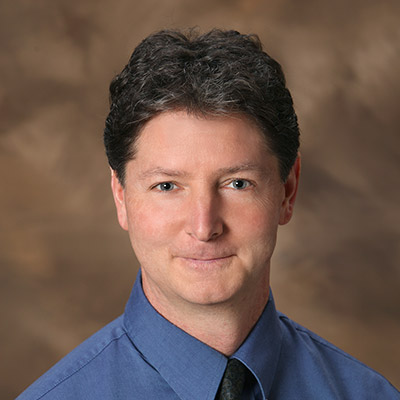Pulmonary and coelomic mycoses due to metarhizium and beauveria species in reptiles
By Molly D. Horgan, Amy B. Alexander, Charles Innis, Brian A. Stacy, Jackie J. Gai, Patricia A. Pesavento, Margaret A. Highland, Brittany L. Liguori, Terry M. Norton, James F.X. Wellehan Jr, Robert J. Ossiboff
Originally published in Journal of Zoo and Wildlife Medicine in September 2022

Abstract
This report documents cases of fatal pulmonary mycosis caused by entomopathogenic fungi in the genera Metarhizium and Beauveria (Order Hypocreales) in a loggerhead sea turtle (Caretta caretta), a Chinese alligator (Alligator sinensis), two gopher tortoises (Gopherus polyphemus), a Cuvier’s dwarf caiman (Paleosuchus palpebrosus), a false gharial (Tomistoma schlegelii), a green sea turtle (Chelonia mydas), and a Kemp’s ridley sea turtle (Lepidochelys kempii), and a case of granulomatous coelomitis in a hawksbill sea turtle (Eretmochelys imbricata). Fungi identified in these cases included Beauveria bassiana, Beauveria brongniartii, Metarhizium anisopliae, Metarhizium robertsii, and one case of infection by a novel Metarhizium species. The animals were either housed at zoos or brought into rehabilitation from the wild. Although the majority of animals had comorbidities, the fungal infections were believed to be the primary cause of death. Fungal susceptibility testing was performed on two Beauveria spp. isolates, and revealed lower minimum inhibitory concentrations for itraconazole and voriconazole when compared to terbinafine and fluconazole. This case series demonstrates that a variety of reptile species from different orders are vulnerable to infection with Metarhizium, and multiple species of sea turtle are susceptible to infection with Beauveria.
Full Text


